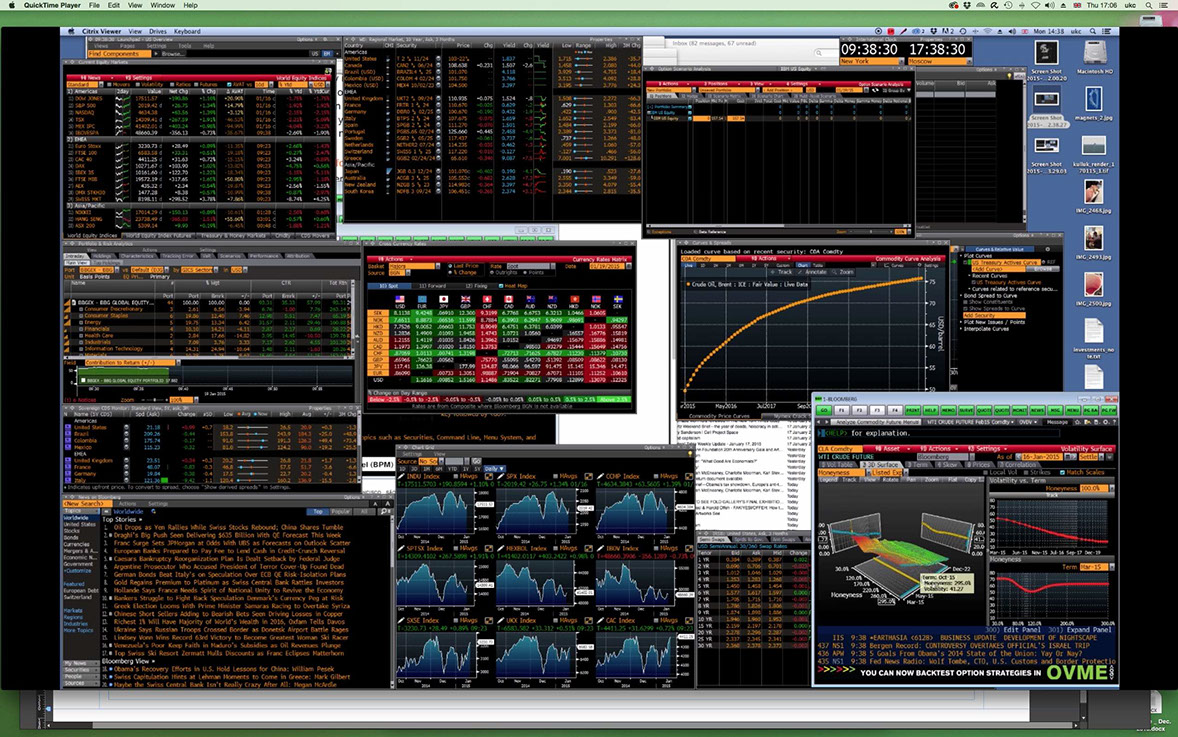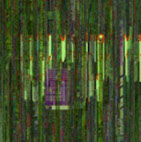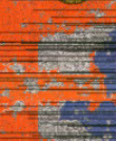





Derivative Work [Arzamas 16] represents a single ‘run’ of software that re-arranges and augments clips from an existing ‘underlying’ video. The underlying explores the conjoined histories of the Cold War and implicit colonialism of the atomic age, through the lens of the Soviet nuclear weapons development programme. The algorithm used, Monte Carlo Simulation, determines the edits but also the path taken by the bouncing balls. In theory, the software can generate variations of the underlying that are almost unlimited in variety and number.
Monte Carlo is also a key technique in AI research, and in what is perhaps a poetic premonition, the human agency embedded in the underlying work’s meaning is here, through the action of an algorithm, probabilistic yet inscrutable, scrambled and eroded into a montage suspended between meaning and non-sense.
This technology, originally developed to model the dynamics of thermonuclear weapons, is also central to pricing financial derivatives, allowing researchers to predict possible future evolution of markets and economies -- as it were, a divination-rod for the Anthropocene.
Chance, the implicit infinite, and rules play a rich tradition in 20th century art, such as in Hollis Frampton’s structural films or Harold Cohen’s AARON (1968). The present work revisits this line of thought, exploring the tension between artistic intention, as presented in the underlying, and the viewer’s interpretation, mediated as it is by algorithmic filters of randomness and disjunction.

